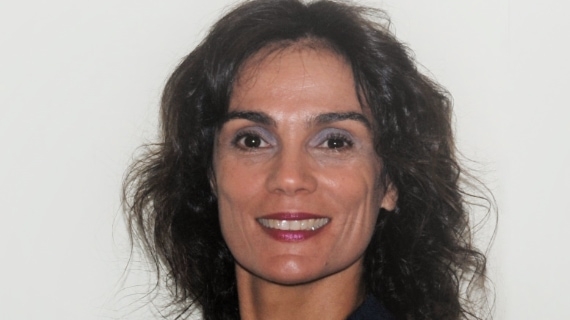Cristiana Pereira
Role of the dentist in the diagnosis of child maltreatment: normative standards

- Auxiliary Professor with Aggregation at the Faculty of Dental Medicine at the University of Lisbon
- Principal Investigator of FORENSEMED group from the research unit UICOB at FMDUL
- Integrated Researcher at the Centre for Statistics and Applications of the University of Lisbon (CEA
- Medical Dentist of the Portuguese national DVI Team, by INMCLF
- Member by Portugal in the Forensic Odontology sub-working group of Interpol’s DVI Group
- Affiliate by invitation for the OSAC-NIST for Forensic Odontology
- Past Consultant in Forensic Odontology at INML and then INMLCF, from November 2004 to May 2020
Nationality: Portugal
Scientific areas: Pediatric dentistry
4 of november, from 14h30 until 15h05
Auditorium B
Conference summary
Mistreatment of children and young people is a serious and complicated social problem of enormous complexity. This complexity results, in essence, from three major aspects: a) from the various concepts of maltreatment (related to cultural and socio-economic factors and to the professional area at which its approach is made); b) its etiological mechanisms: problems such as socio-economic precariousness, alcoholism, low school education or excessive stress are often associated with physical abuse, with greater visibility in relation to other forms of violence, such as emotional mistreatment, more characteristic of socio-economically advantaged ecosystems (in the latter case, the development of maltreatment is made more difficult by the availability of the necessary resources in the family, in order, without solving the problem, to remain anonymous); c) of the various forms of addressing the problem , from intervention (informal or formal) to prevention.
The work of protecting children and young people requires maximum cooperation, not only from the public institutions responsible in this area, and from the professionals who are distant from them, such as the dentists. It is often professional misinformation that prevents them from being found and dealing with these cases in a timely and correct manner.
No isolated professional, including a dentist general practitioner, can be attributed responsibility for the diagnosis and protection of a child or young person in danger, and this responsibility should be shared at the earliest stage as possible so that suspicions can be confirmed and implemented the appropriate intervention and support measures.